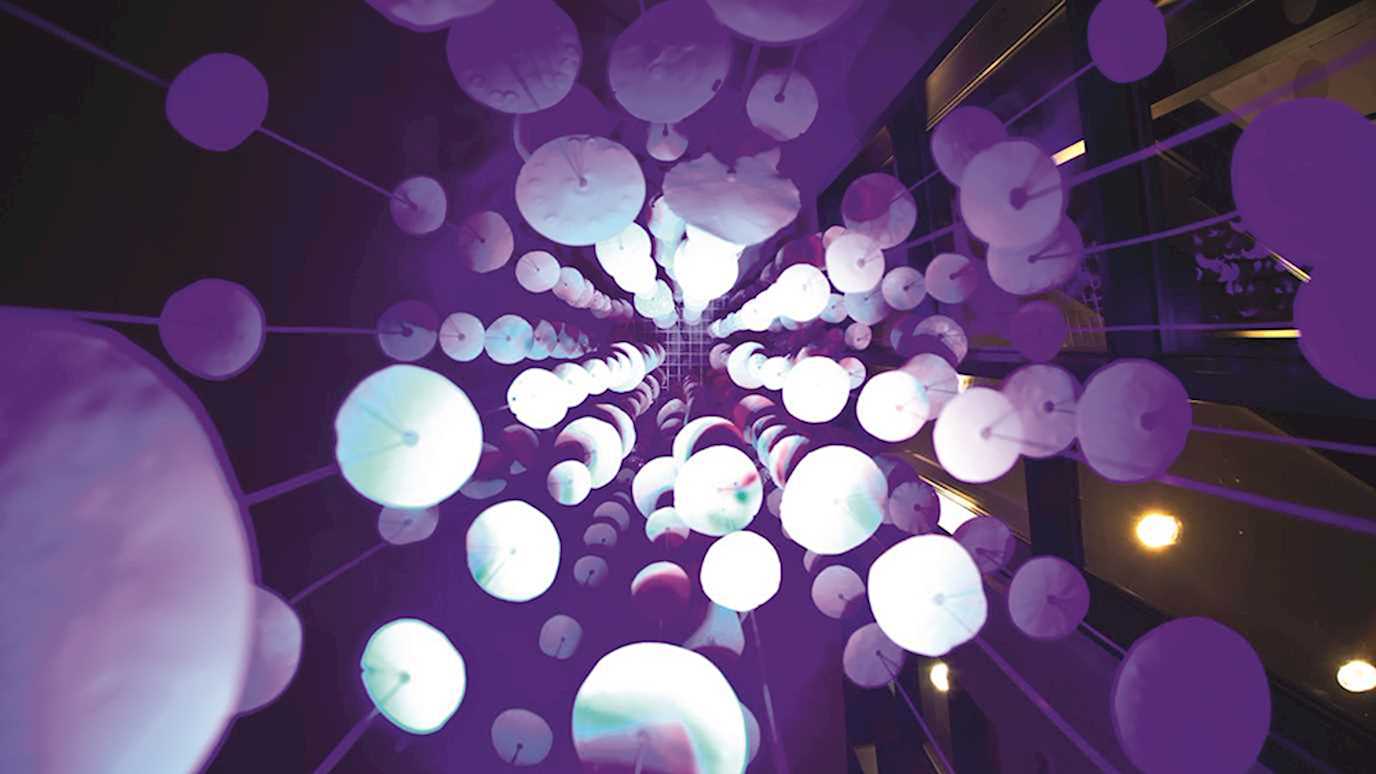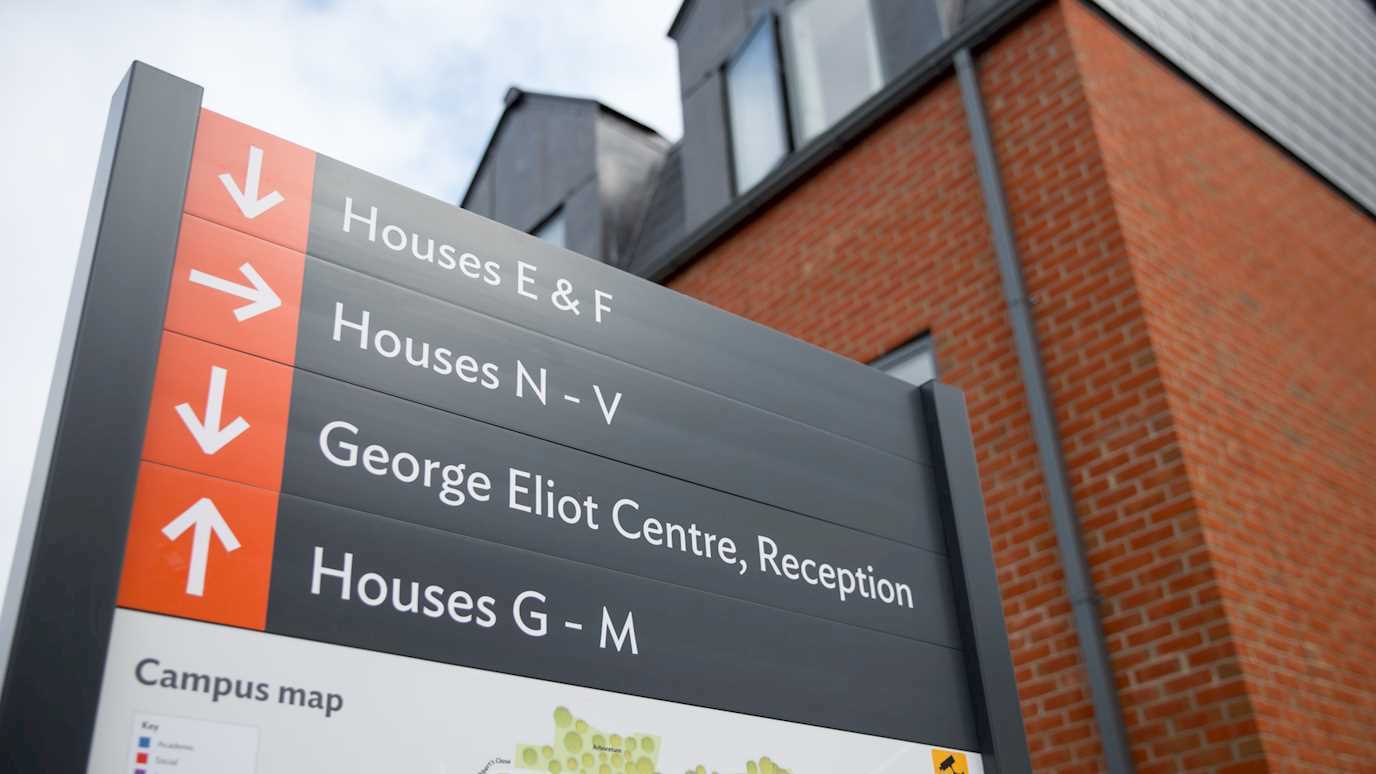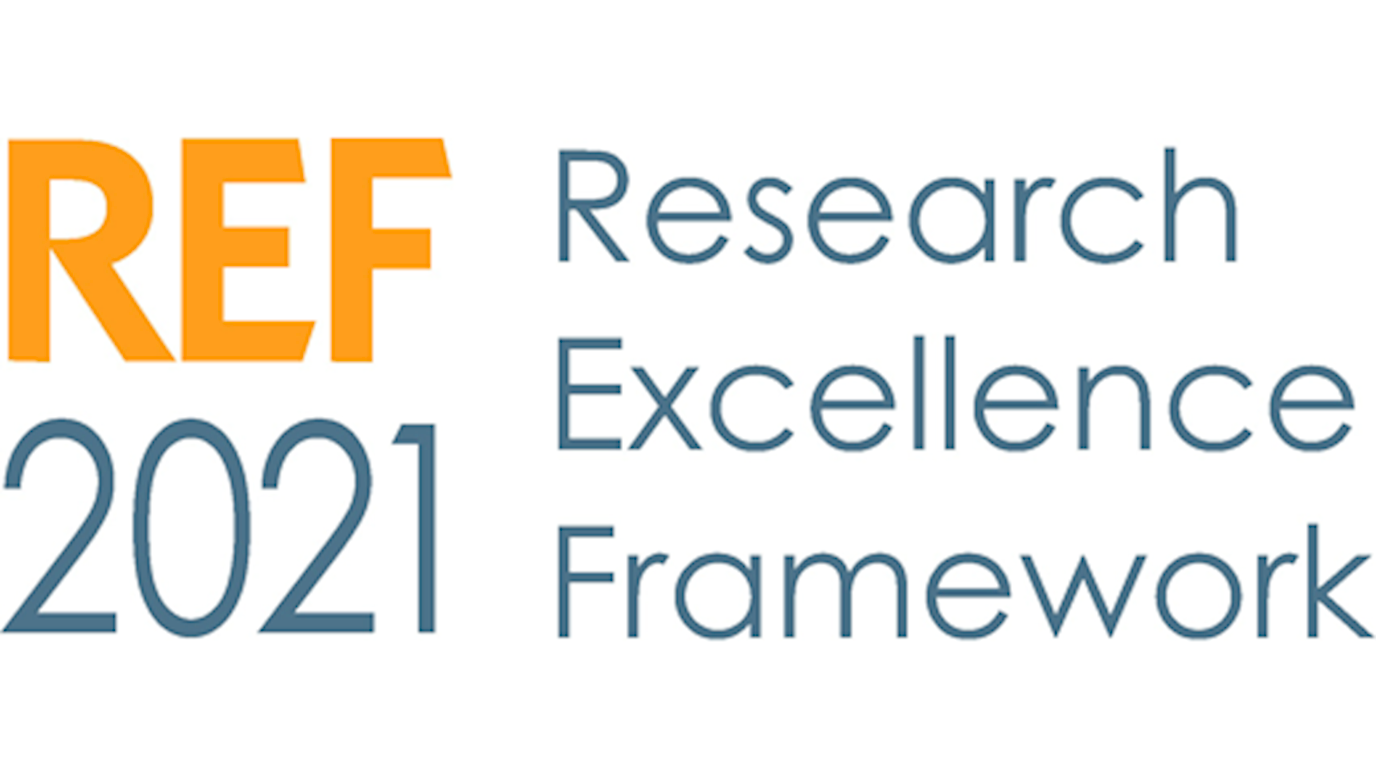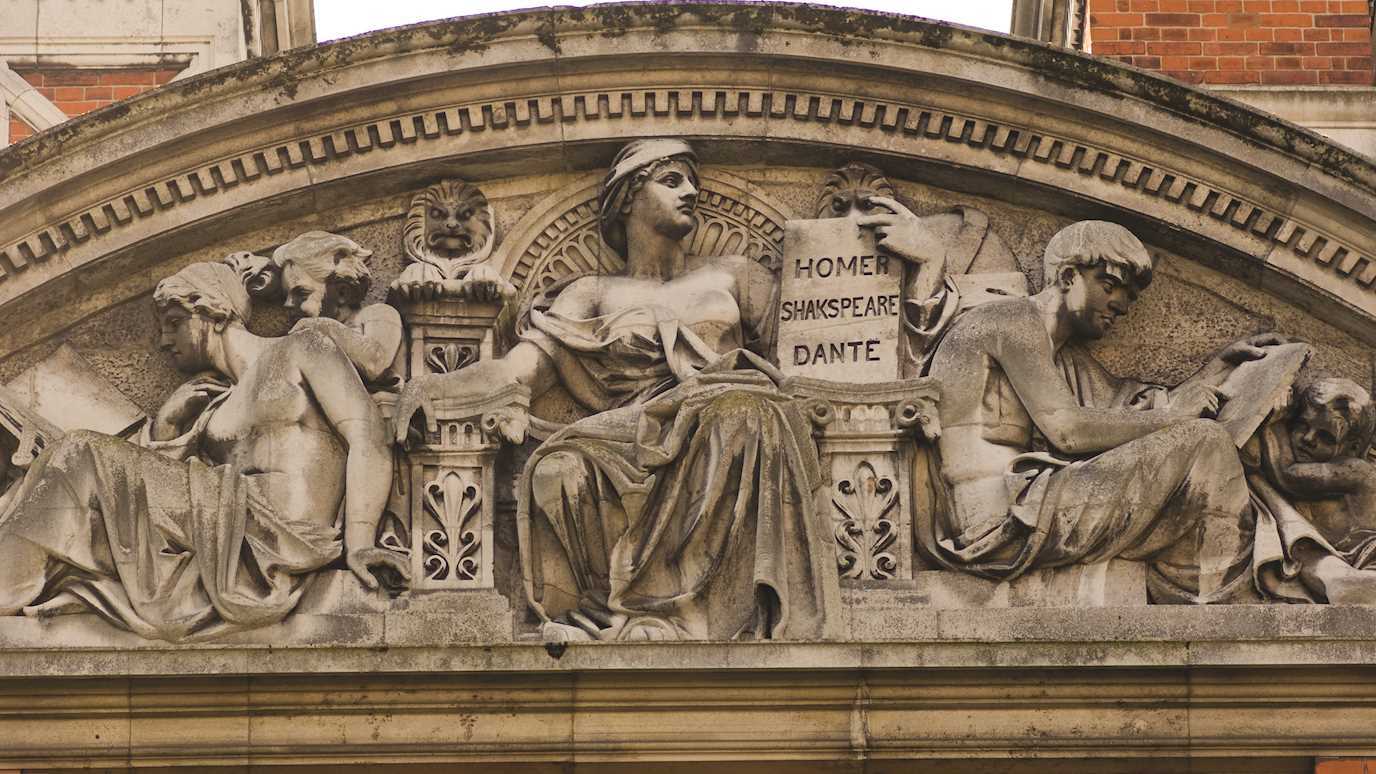The Geography Department houses a wide variety of facilities catering for a range of subject areas. Students studying Geography at Royal Holloway gain ‘hands on’ experience of these facilities under the supervision of experienced technical staff.
Computing:
The Geospatial and Visual Methods Laboratory (GVML), opened in 2014, is a dedicated postgraduate computing facility consisting of top of the range Macs and PCs with Geographical Information Systems (GIS), advanced cartographic and image handling packages and audio-visual editing software for the analysis of qualitative data. These facilities are managed by the department’s dedicated IT technician who is available to advise on IT related issues and for trouble shooting. The department’s Graphics Technician is available to advise on the use of cartographic software (ArcMap, Digimap etc) and GIS. Undergraduate students are permitted to use the GVML if their chosen dissertation requires the use of specialist software not available elsewhere on campus.
Graphics:
The Humphries Graphics Suite houses specialist large format printing and encapsulating services (from A4 to A0 size). The facility is managed by the department’s Graphics Technician who can advise on the use of graphics software for producing diagrams, data displays and artwork for publication.
Laboratory Facilities
The department has a number of scientific laboratories located across three separate buildings allowing for the study of a wide range of subjects within physical geography. The majority of our group practicals take place in our large Teaching Laboratory. Our main research themes are reflected in the more specialist facilities we possess.
Analytical Chemistry
The Munro Fox Laboratories are predominantly set up for the analyses of nutrients and metals in ecological materials (water, soil, vegetation, shells). It also offers facilities relevant to Quaternary Science and Sedimentology. Facilities include a Microwave Digestion (MarsXpress), a segmented flow colorimeter, an ion chromatography system and a NC elemental analyser, soil agregate stability prototype and we have access to an ICP -OES ( Inductively Coupled Plasma Optical Emission spectroscopy) . The lab also houses equipment for the analysis of pH, dissolved oxygen, conducitivity , turbidity of water in the field.

Geochronology
The Geochronology Building houses both our Optically Stimulated Luminescence (OSL) and Tephrochronology Laboratories. OSL is a technique used to date the last time samples were exposed to sun light. The OSL facility comprises laboratories in both light and dark room conditions, allowing for sample preparation, and contains 6 Riso TL-DA series TL/OSL readers. The Tephrochronology Lab facilities, and those in the Department's Clean Laboratory, permit separation of cryptotephra particles from sediment and the subsequent analysis of tephra shards to create chronologies from the late Quaternary period.
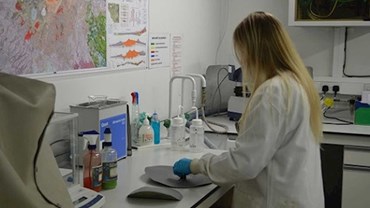
The production of thin sections from annually laminated, or varved, sediments also allow us to generate very high precision varve chronologies (see our 'Soil Micromorphology' page).
Image Analysis
The department has recently invested in a large number of low and high magnification microscopes for the study of environmental proxies. There are also a number of petrological microscopes for the analysis of thin sections. Our Image Analysis Suite also houses photography equipment for sediment core description purposes and contains an Alicona InfiniteFocus G5 for producing surface analysis measurements of macro-proxies.


Palaeoecology
Our laboratories allow for a wide range of micro- and macro-palaeoecological proxies to be studied. Across the labs facilities are available for the preparation of sediment samples and the subsequent analysis of pollen, plant macrofossils, charcoal, diatoms, foraminifera, chironomids, molluscs and vertebrate teeth and bones.
The Department has a Clean Laboratory with facilities for the chemical preparation of proxies and the preparation of materials for radiocarbon dating. In our microscope lab we have an extensive pollen reference collection to aid pollen grain identification. Our Palaeoecology Laboratory houses important beetle, animal bone and stone tool reference collections along with smaller collections of molluscs and plant macrofossils.
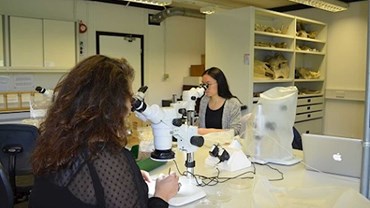
Soil Micromorphology
A wide range of sediment analyses can be carried out across the department’s laboratories. This includes magnetic susceptibility, loss on ignition, and particle size analysis. Across the labs a range of facilities can be found including wet and dry sieving for micro and bulk samples, low and high temperature drying areas, furnaces, an aggregate stability rig and a calcimeter. The department uses a Malvern Mastersizer laser granulometer to analyse finer sediment fractions.
The Thin Section Suite is a facility dedicated to the preparation and analysis of varved sediments in order to develope varve chronologies and reconstruct recent palaeo-environments. The suite contains a range of specialised equipment including grinder polishers, a Jones and Shipman surface and profile grinding machine, and a Logitech cut-off saw. The finished thin sections are analysed in our Image Analysis Suite using specialist petrological microscopes.









